Home>Garden Essentials>What Bird Eats Thistle Seed


Garden Essentials
What Bird Eats Thistle Seed
Modified: September 1, 2024
Discover which garden bird enjoys eating thistle seed and learn how to attract them to your yard with our helpful tips and advice on bird feeding and gardening.
(Many of the links in this article redirect to a specific reviewed product. Your purchase of these products through affiliate links helps to generate commission for Storables.com, at no extra cost. Learn more)
Introduction
Welcome to the fascinating world of bird feeding! If you’re a bird enthusiast, you’ve probably come across thistle seed as a popular choice among backyard bird feeders. Thistle seed, also known as nyjer or niger seed, has gained popularity for attracting a wide variety of colorful and interesting bird species. In this article, we will explore the wonders of thistle seed and how it can enhance your bird-watching experience.
Thistle seed comes from the beautiful yellow flowered plant known as thistle. It is a tiny, oil-rich seed that is a favorite among finches and other small seed-eating birds. Despite its small size, thistle seed packs a powerful punch when it comes to providing essential nutrients and energy for our feathered friends.
Now, let’s dive into the world of birds that enjoy dining on thistle seed!
Key Takeaways:
- Attract colorful finches and small birds to your garden by offering thistle seed in specialized feeders. Enjoy the vibrant plumage and acrobatic feeding behavior of these delightful feathered visitors!
- Create a bird-friendly habitat by providing fresh thistle seed, water, shelter, and diverse food sources. Enjoy the rewarding experience of attracting and nourishing thistle-loving birds in your own backyard!
Read more: What Birds Eat Seeds
What is Thistle Seed?
Thistle seed, also referred to as nyjer or niger seed, is the tiny black seed of the thistle flower. The thistle plant, a member of the Asteraceae family, produces vibrant yellow flowers that eventually turn into seed heads. These seed heads are where the thistle seeds are found.
Thistle seed is highly valued for its high oil content, making it a nutritious and energy-packed food source for birds. The small size of thistle seed makes it ideal for attracting small birds, particularly finches, who have adapted their beaks to efficiently extract the seeds from the plant.
The oil content in thistle seed provides birds with a concentrated source of calories, essential fatty acids, and protein. These nutrients are vital for birds, especially during demanding times such as breeding, migration, and cold winters when food sources may be scarce.
It’s worth noting that thistle seed is not the same as the invasive thistle weed that gardeners often try to eradicate. The thistle plant for bird feeding comes from cultivated varieties that are free from weed seeds and have been thoroughly cleaned to provide a safe and nutritious food source for birds.
The popularity of thistle seed among bird enthusiasts is primarily due to its ability to attract a wide range of bird species, including finches, sparrows, chickadees, goldfinches, and siskins. These birds not only enjoy the taste of thistle seed but also provide a delightful sight with their vibrant plumage and acrobatic feeding behavior.
Birds that Eat Thistle Seed
Thistle seed is a delicacy for a variety of small seed-eating birds. Here are some common bird species that are known to relish thistle seed:
- Finches: American Goldfinches, House Finches, Purple Finches, and Pine Siskins are among the top visitors to thistle seed feeders. Their small beaks are perfectly designed for extracting thistle seeds from the feeder ports.
- Sparrows: House Sparrows and White-crowned Sparrows are also attracted to thistle seed, especially during the colder months when other food sources may be scarce. These adaptable birds will quickly learn to visit thistle feeders for a nutritious meal.
- Chickadees and Nuthatches: While known for their preference for insects and suet, Black-capped Chickadees and White-breasted Nuthatches will also occasionally visit thistle seed feeders. Providing a diverse range of food choices will help attract these charming birds to your garden.
- Redpolls and Crossbills: Less commonly seen at feeders, Common Redpolls and Red Crossbills are known to have a fondness for thistle seed. If you’re lucky enough to spot these unique birds in your area, offering thistle seed may entice them to visit your backyard.
These are just a few examples of the many bird species that enjoy feasting on thistle seed. By providing a thistle seed feeder, you can create a bird-friendly habitat and attract a colorful array of feathered visitors to your garden.
Benefits of Thistle Seed for Birds
Thistle seed offers various benefits to the birds that consume it. Here are some key advantages of providing thistle seed as part of your bird feeding routine:
- Nutritional Value: Thistle seed is a nutritional powerhouse for birds. It is rich in oils, proteins, and essential fatty acids, providing a high-energy food source. These nutrients are important for birds’ overall health, especially during times of high activity such as breeding, molting, and migration.
- Attracts a Variety of Birds: Thistle seed is incredibly attractive to a wide range of bird species, particularly finches. By offering thistle seed in feeders, you can attract colorful and captivating birds to your garden, enhancing your bird-watching experience.
- Easy to Consume: The small size of thistle seeds makes them easily consumable for birds with delicate beaks. Birds can effortlessly extract the seeds from thistle seed feeders, making it a convenient and efficient food source.
- Less Attractive to Squirrels and Larger Birds: Thistle seed is generally not appealing to squirrels and larger bird species due to its small size. By providing thistle seed in specialized feeders, you can minimize the chances of attracting unwanted visitors and ensure that the food is reserved for smaller seed-eating birds.
- Promotes Natural Foraging Behavior: Feeding birds thistle seed allows them to engage in natural foraging behavior, picking and extracting seeds just as they would in the wild. This activity provides mental and physical stimulation for the birds, promoting their overall well-being.
Overall, thistle seed offers numerous benefits, from its nutritional value to attracting a diverse range of bird species to your backyard. Including thistle seed in your bird-feeding routine can help create a thriving bird habitat and provide a rewarding experience for both birds and birdwatchers alike.
Goldfinches are known for their love of thistle seed. If you want to attract them to your yard, consider putting out a feeder filled with thistle seed.
How to Attract Birds that Eat Thistle Seed
If you want to attract birds that enjoy thistle seed to your garden, here are some tips to help make your backyard enticing to these feathered visitors:
- Provide a Thistle Seed Feeder: Invest in a quality thistle seed feeder specifically designed for small seed-eating birds like finches. These feeders typically have small ports that allow birds to extract the tiny seeds easily. Place the feeder in a visible and accessible location, preferably near trees or shrubs for birds to perch and feel safe while dining.
- Offer Multiple Feeders: To accommodate different bird species and to prevent overcrowding, consider installing multiple thistle seed feeders in your garden. This will attract a wider variety of birds and reduce competition for food.
- Use Fresh Thistle Seed: Birds are more likely to visit your feeders if the thistle seed is fresh and of high quality. Avoid using old or moldy seed, as it can be harmful to birds. Purchase thistle seed from reputable sources to ensure its freshness and cleanliness.
- Provide Fresh Water: Birds need access to fresh water for drinking and bathing. Consider adding a birdbath or shallow water feature near the feeding area. Make sure to clean and refill it regularly to maintain cleanliness and attract more birds.
- Create a Bird-Friendly Habitat: Enhance your garden with native plants, shrubs, and trees that provide natural food sources like berries, flowers, and insects. These plants will attract a wider range of birds and create a diverse and inviting bird habitat.
- Offer Shelter: Birds need protective cover, especially when they are eating. Planting trees, shrubs, and thick bushes will provide birds with safe hiding spots, protecting them from predators and inclement weather.
- Keep Feeders Clean: Regularly clean your thistle seed feeders to prevent the growth of mold and bacteria that can harm the birds. Wash feeders with warm soapy water and rinse well. Also, ensure that the feeders are dry before refilling them with fresh thistle seed.
- Be Patient: It may take some time for birds to discover and become accustomed to your thistle seed feeders. Patience is key, as it can take a few days or even weeks for birds to start frequenting the feeders. Once they find a reliable food source, they will become regular visitors to your garden.
By following these simple tips, you can create an inviting and bird-friendly environment in your garden, attracting a variety of beautiful birds that enjoy feasting on thistle seed.
Read more: What Birds Eat Nyjer Seed
Tips for Feeding Birds Thistle Seed
Feeding birds thistle seed can be a rewarding experience for both you and the birds. Here are some helpful tips to ensure that your bird-feeding endeavors are successful:
- Choose the Right Feeder: Invest in a thistle seed feeder that is specifically designed for small seed-eating birds like finches. Look for feeders with small feeding ports or mesh openings that allow birds to access the tiny thistle seeds while preventing spillage.
- Keep the Feeder Stocked: Regularly check your thistle seed feeder and replenish the supply when it is running low. Birds will become regular visitors if they perceive a reliable food source, so keeping the feeder stocked is essential.
- Protect from Moisture: Thistle seed can spoil quickly when exposed to moisture. Consider placing a weather dome or cover over your thistle seed feeder to protect it from rain or snow. Alternatively, choose feeders with built-in rain guards or seed trays.
- Avoid Mixing with Other Seeds: Thistle seed is best offered on its own, as some birds may prefer other types of seeds over thistle seed. To attract the finches and other thistle-loving birds, it’s best to keep a separate feeder dedicated solely to thistle seed.
- Monitor and Clean the Feeder: Regularly monitor the cleanliness of your thistle seed feeder. Remove any wet or moldy seed and clean the feeder with warm soapy water regularly to prevent the buildup of bacteria. Rinse well and allow it to dry before refilling with fresh thistle seed.
- Observe Feeding Behavior: Take the time to observe the behavior of the birds at your thistle seed feeder. Notice which birds visit at different times of the day and what feeding patterns they display. This observation will not only provide valuable insights but also enhance your appreciation for the birds in your garden.
- Provide Perching Options: Birds prefer to have perching options near the feeder. Place the feeder near trees, shrubs, or provide nearby perches to allow birds to rest and observe their surroundings before, during, and after feeding.
- Use Caution with Squirrel Presence: Squirrels can be a nuisance at bird feeders, and thistle seed is no exception. Consider using squirrel-proof feeders or baffles to prevent squirrels from accessing the thistle seed. Placing the feeder away from trees and other squirrel-friendly areas can also discourage their presence.
- Spread the Joy: Consider inviting others to discover the joy of feeding birds thistle seed. Share your passion with friends, family, and neighbors, and encourage them to set up their own thistle seed feeders. The more individuals who participate, the more widespread bird feeding becomes, benefiting the bird population as a whole.
Remember, patience and consistency are key when feeding birds thistle seed. By implementing these tips, you can provide a reliable and nutritious food source for thistle-loving birds while creating a delightful bird-watching experience in your own backyard.
Potential Drawbacks of Feeding Thistle Seed
While feeding thistle seed to birds can be a wonderful experience, it’s important to be aware of some potential drawbacks that may arise. Here are a few considerations:
- Cost: Thistle seed can be relatively more expensive compared to other birdseed options. Its small size makes it prone to spillage and waste, leading to increased costs if not managed properly.
- Weed Seed Contamination: Despite being cultivated for bird feeding, there is a possibility that some thistle seed may contain weed seeds. These weed seeds can potentially sprout and cause unwanted vegetation to grow in your garden. To minimize this risk, purchase thistle seed from reputable sources that ensure the exclusion of weed seeds.
- Unwanted Birds: While thistle seed is primarily attractive to finches and other small birds, there is a chance that other bird species may also be drawn to the feeders. Some larger birds, such as blackbirds or starlings, may outcompete smaller birds and deplete the thistle seed supply rapidly.
- Maintenance: Thistle seed feeders require regular cleaning and upkeep to prevent the growth of mold, bacteria, and other contaminants that can be harmful to birds. Neglecting proper maintenance can lead to bird health issues and affect their overall well-being.
- Squirrel Problems: Squirrels are notorious for their determination to access bird feeders. Despite thistle seed being less appealing to squirrels, they may still attempt to raid the feeders, potentially causing damage or scaring away the desired bird species.
- Dependency on Feeders: Birds that become reliant on feeders may become less adept at finding natural food sources. It’s important to provide a variety of natural food sources in addition to thistle seed to ensure that the birds maintain a balanced and diverse diet.
Nevertheless, the potential drawbacks of feeding thistle seed can be managed with proper planning, maintenance, and observation. By regularly monitoring your feeders, keeping them clean, and providing a balanced range of natural food sources, you can minimize any negative impacts and keep the overall feeding experience enjoyable for both you and the birds.
Conclusion
Feeding birds thistle seed can be a delightful and rewarding experience for bird enthusiasts. Thistle seed, with its high nutritional value and attractiveness to a wide variety of bird species, is a popular choice among backyard bird feeders. By understanding the benefits and following some key tips, you can create an inviting environment that attracts and nourishes thistle-loving birds.
Thistle seed, also known as nyjer or niger seed, is a small, oil-rich seed that provides essential nutrients and energy for birds. Finches, sparrows, chickadees, and other small seed-eating birds are particularly fond of thistle seed and can be attracted to your garden through the use of specialized feeders.
To successfully attract birds that eat thistle seed, it’s important to provide appropriate feeders, keep them stocked, offer fresh water, create a bird-friendly habitat, and be patient as the birds discover and take advantage of the new food source. Maintaining cleanliness and monitoring feeding behavior are also crucial for the birds’ health and enjoyment.
While there are potential drawbacks such as cost, weed seed contamination, unwanted birds, and squirrel interference, these can be managed with proper maintenance, purchasing from reputable sources, and providing a balanced diet alongside thistle seed.
Feeding birds thistle seed not only provides essential nutrition for these feathered creatures but also allows you to witness the beauty and charm of various bird species up close. The vivid colors, melodious songs, and acrobatic feeding behaviors of finches and other thistle-loving birds can bring endless joy and wonder to any garden.
So set up your thistle seed feeders, create a welcoming environment, and enjoy the captivating sights and sounds of the birds that will grace your garden. Feeding birds thistle seed is an opportunity to connect with nature, contribute to bird conservation efforts, and experience the magic of the avian world right at your doorstep.
Frequently Asked Questions about What Bird Eats Thistle Seed
Was this page helpful?
At Storables.com, we guarantee accurate and reliable information. Our content, validated by Expert Board Contributors, is crafted following stringent Editorial Policies. We're committed to providing you with well-researched, expert-backed insights for all your informational needs.
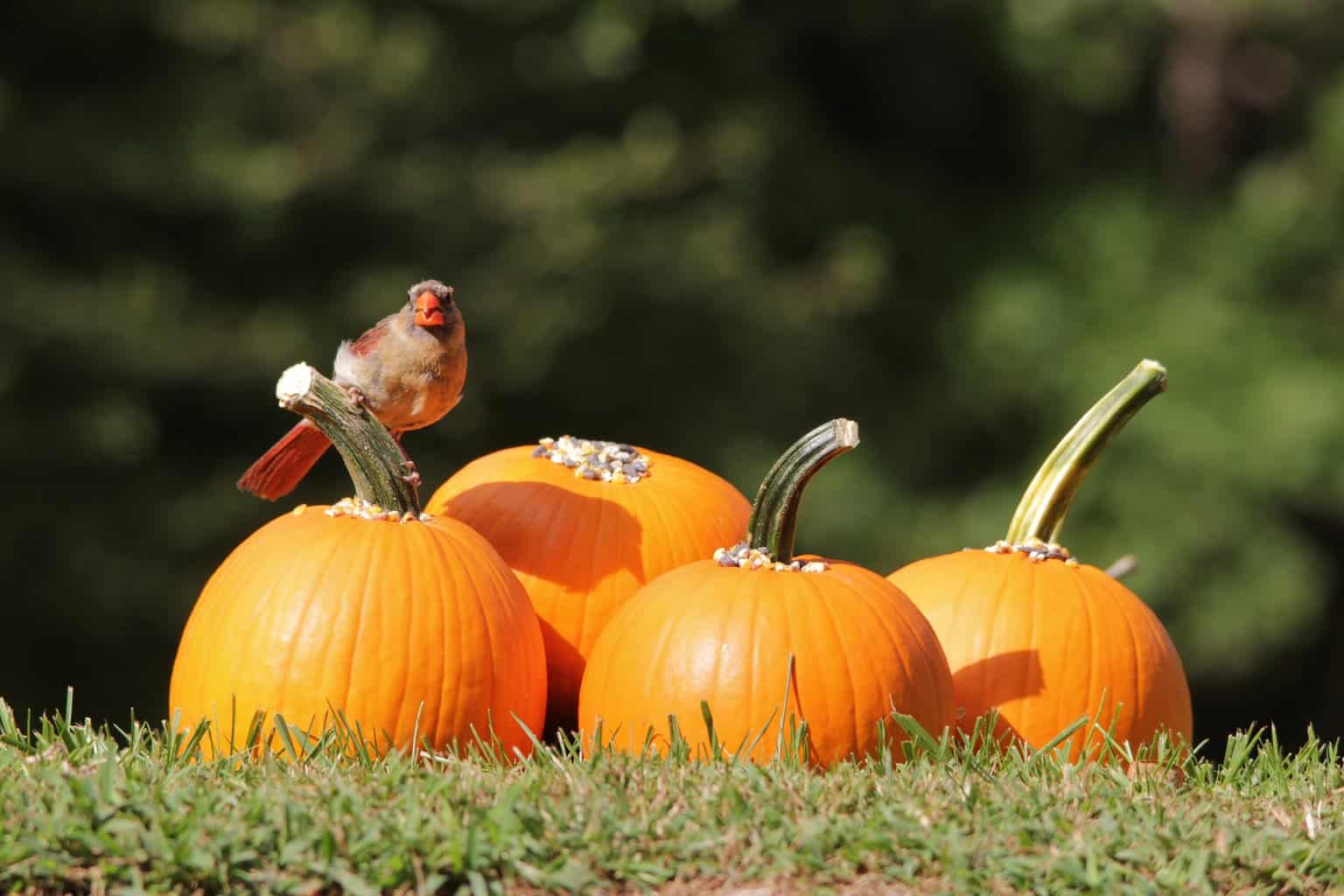
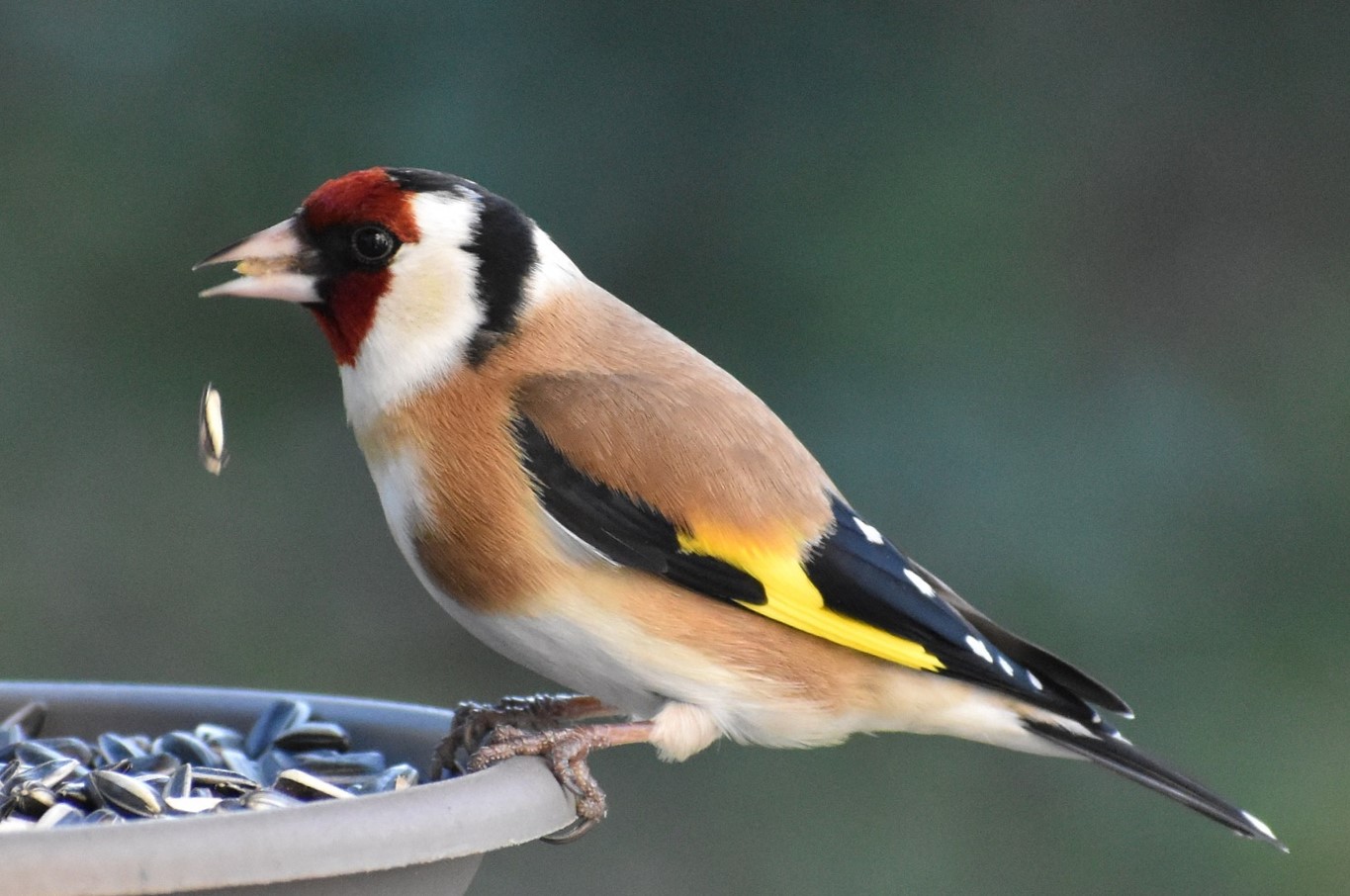

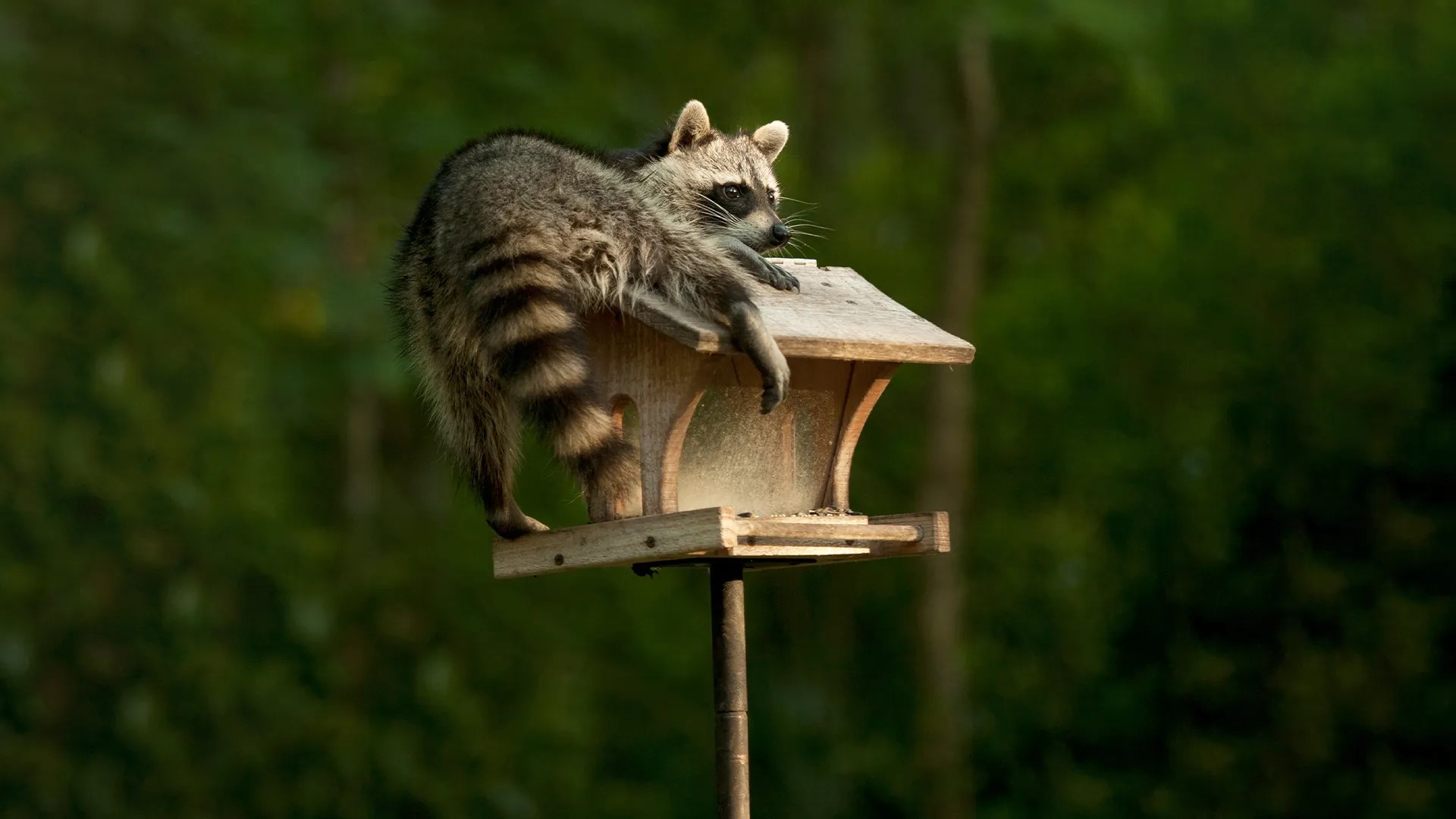
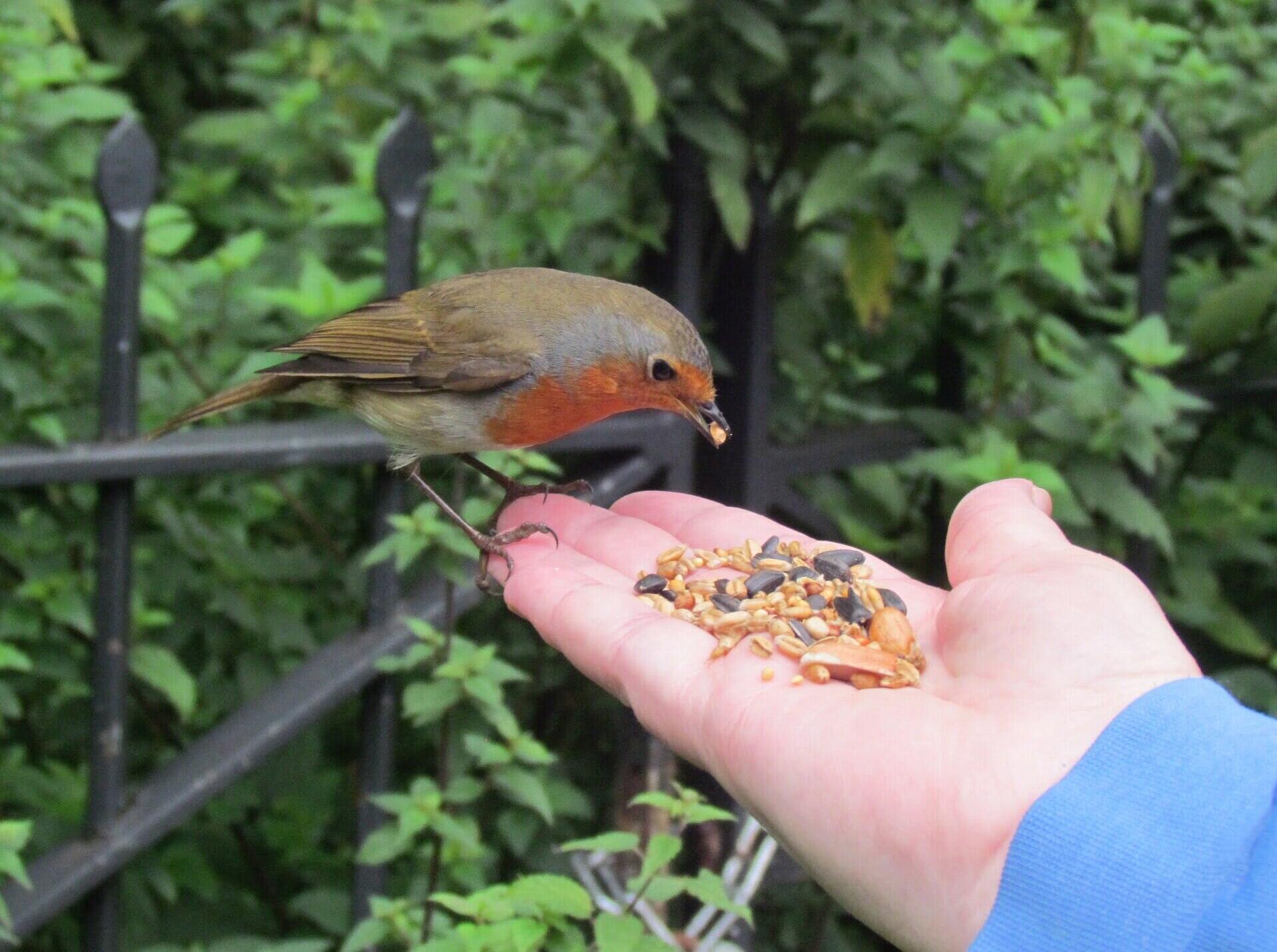
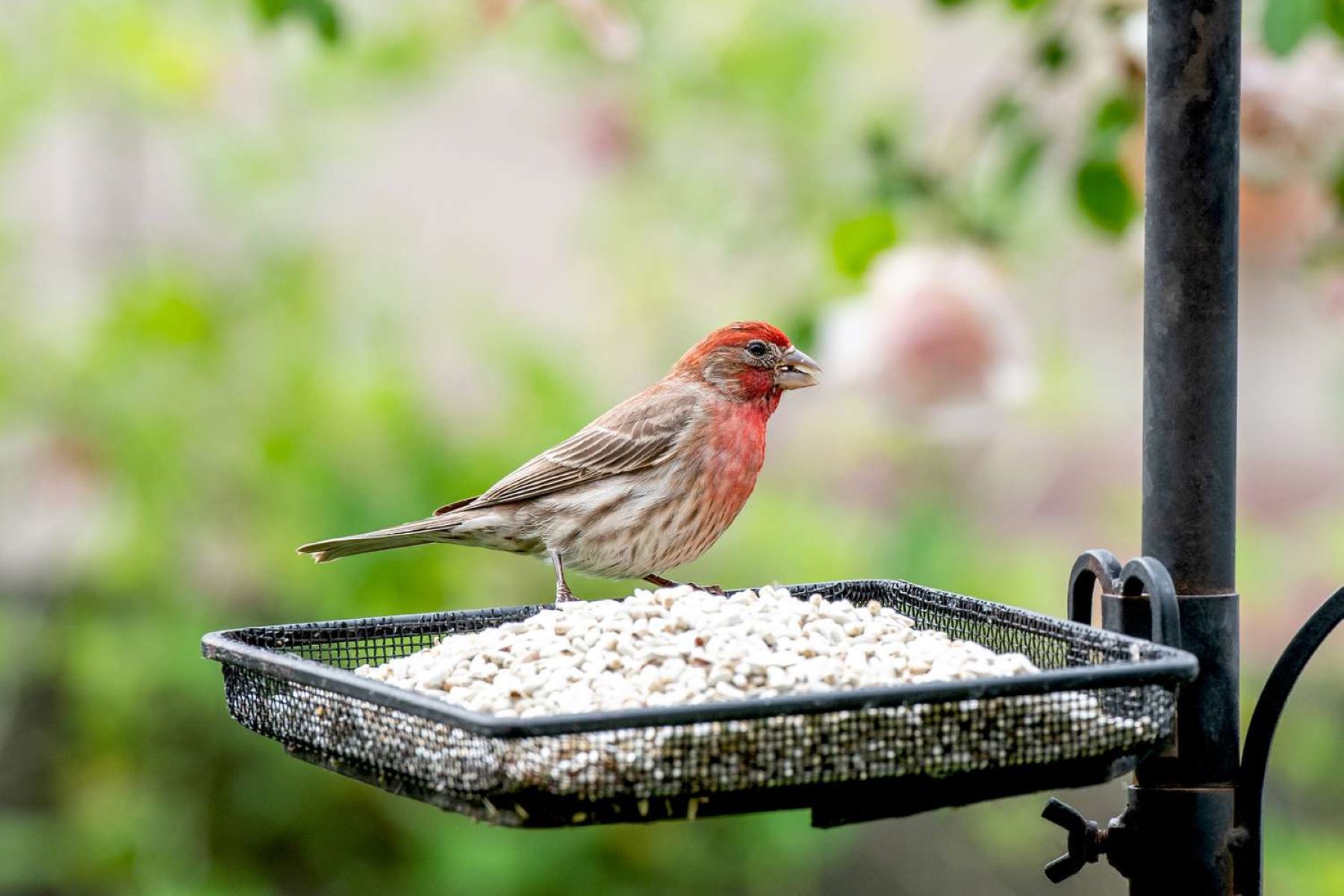
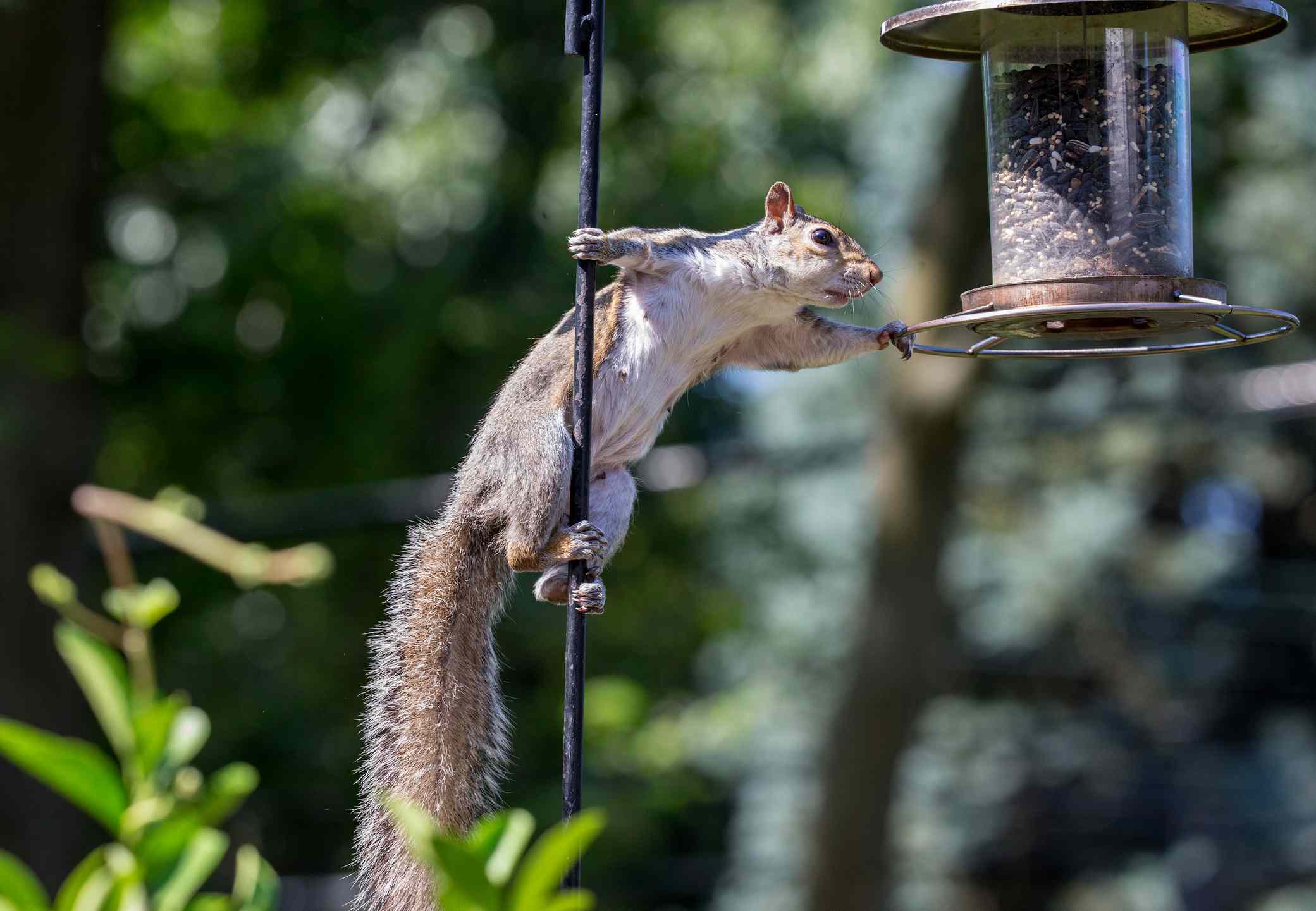
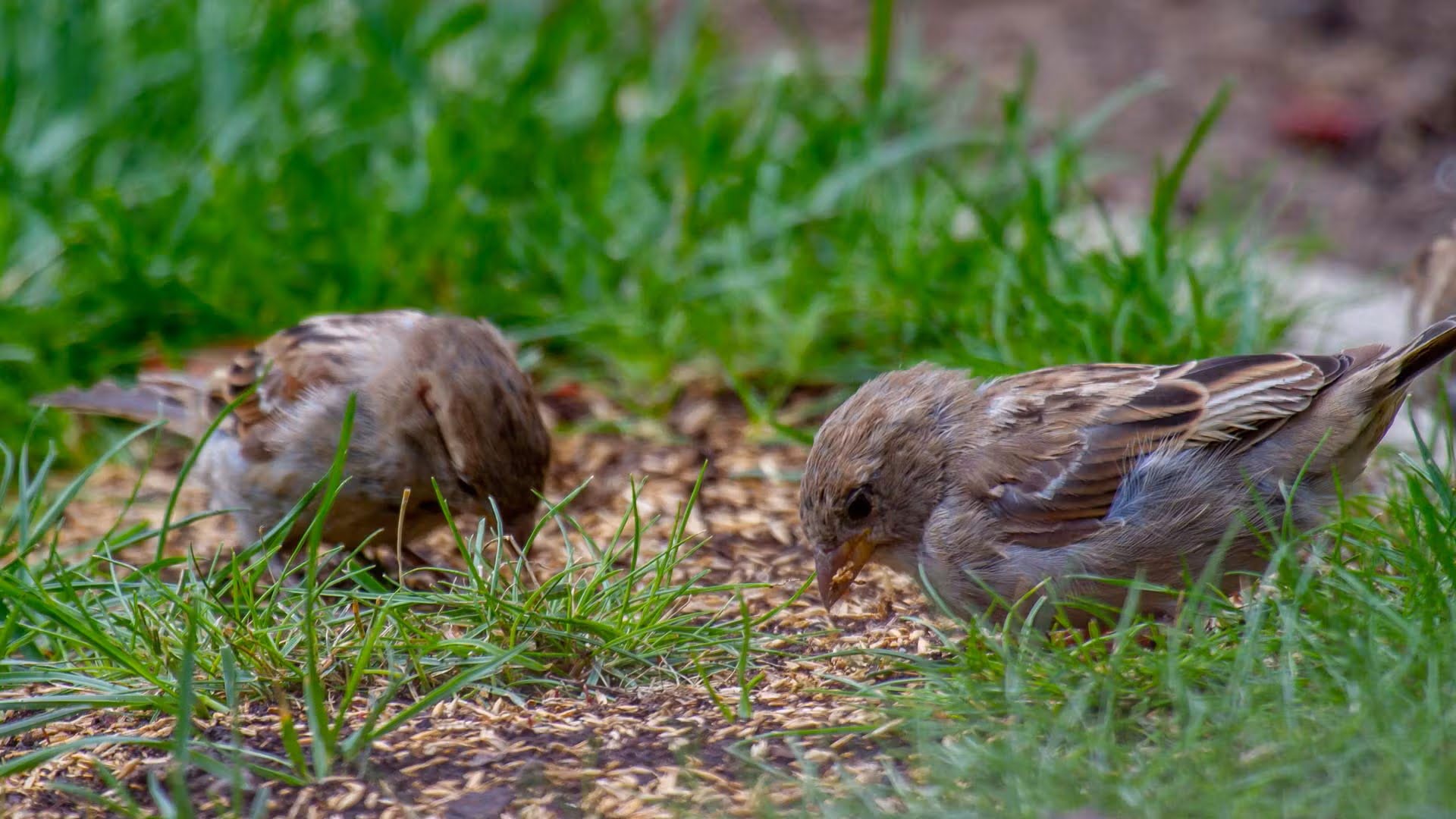
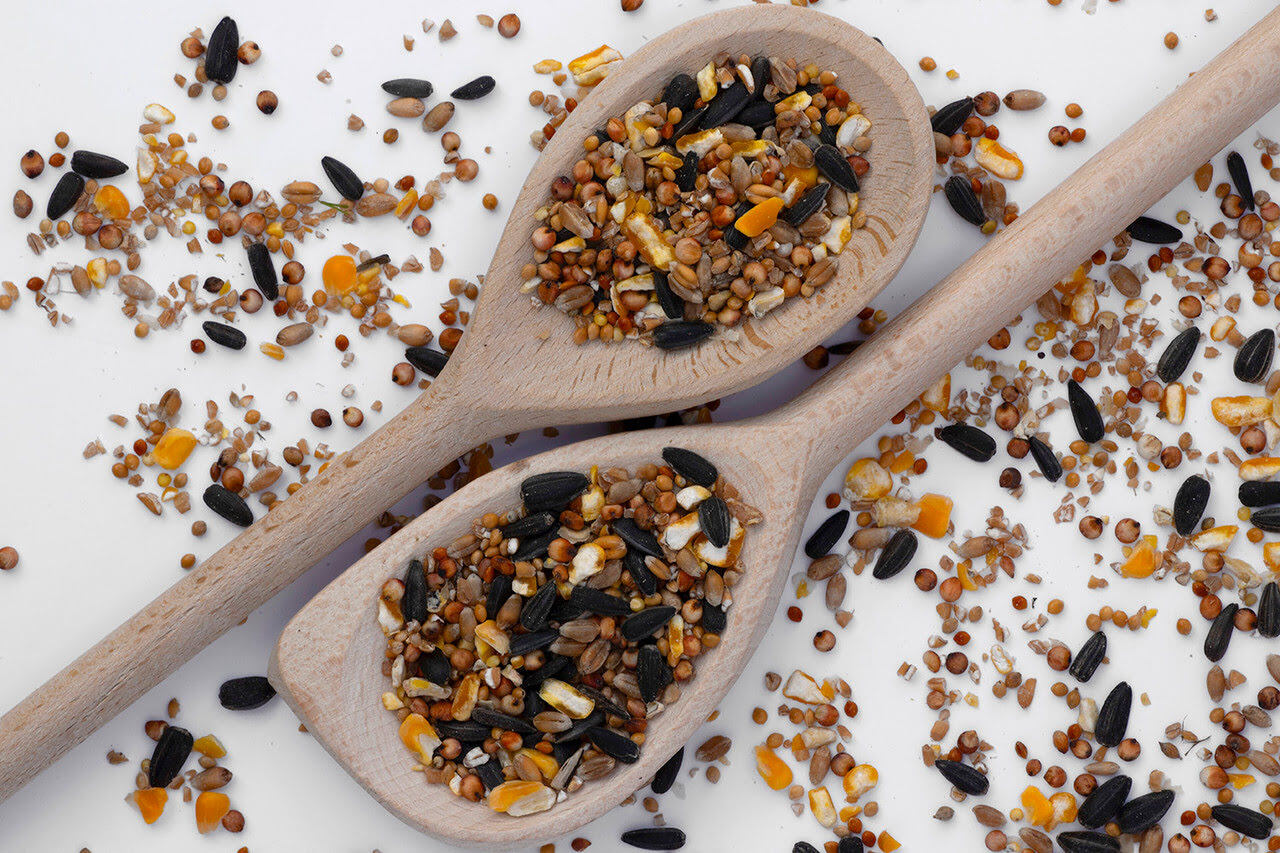
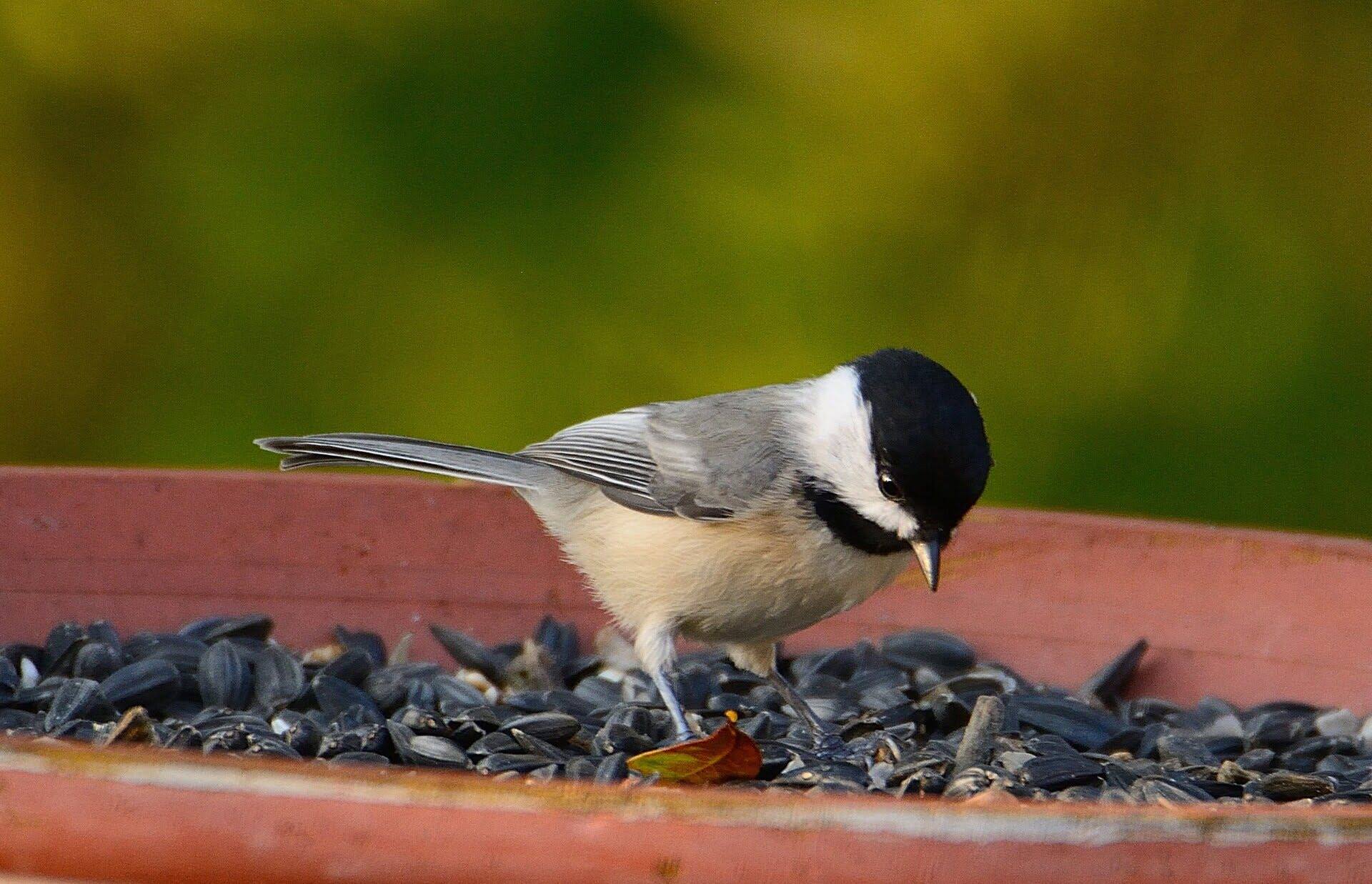
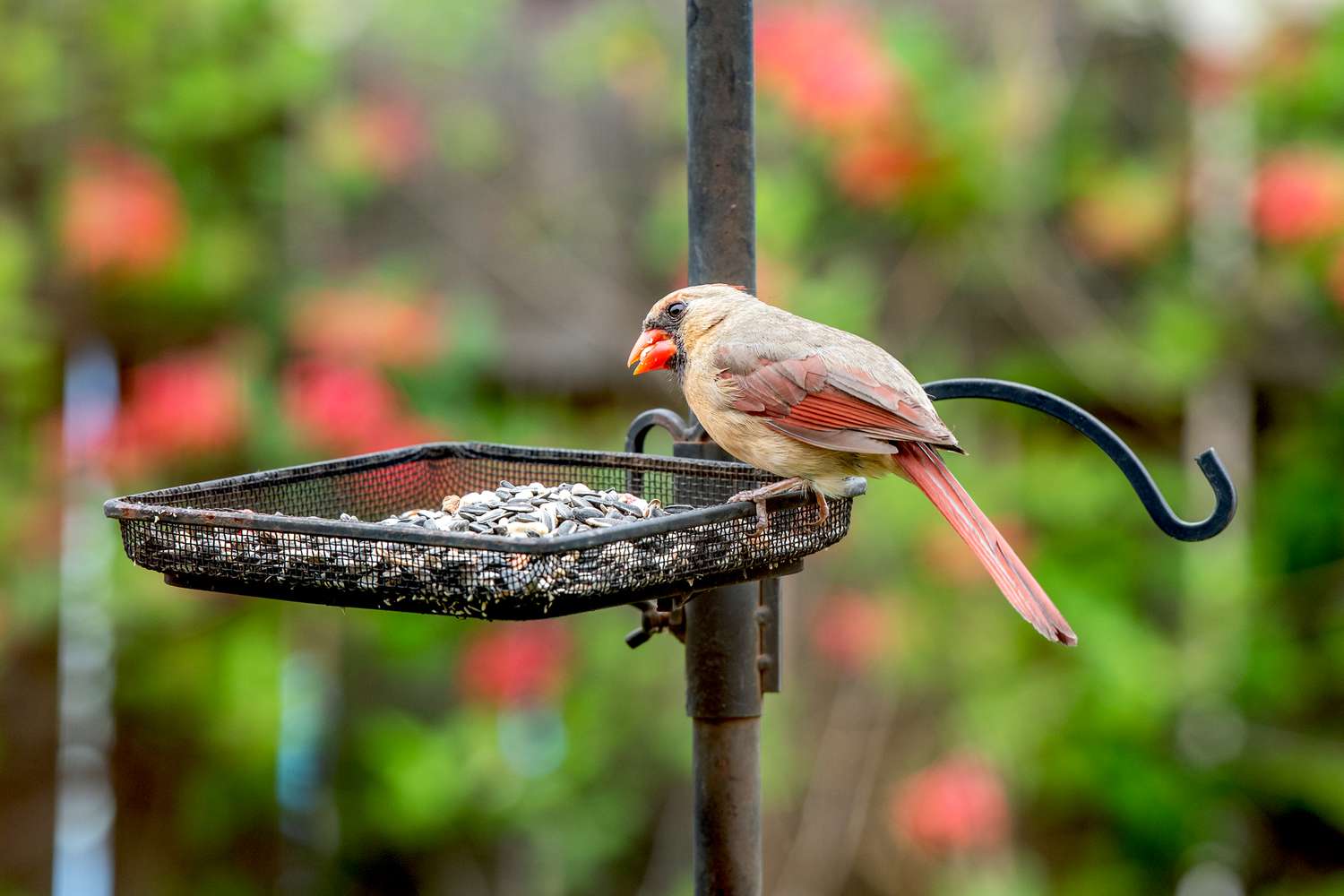

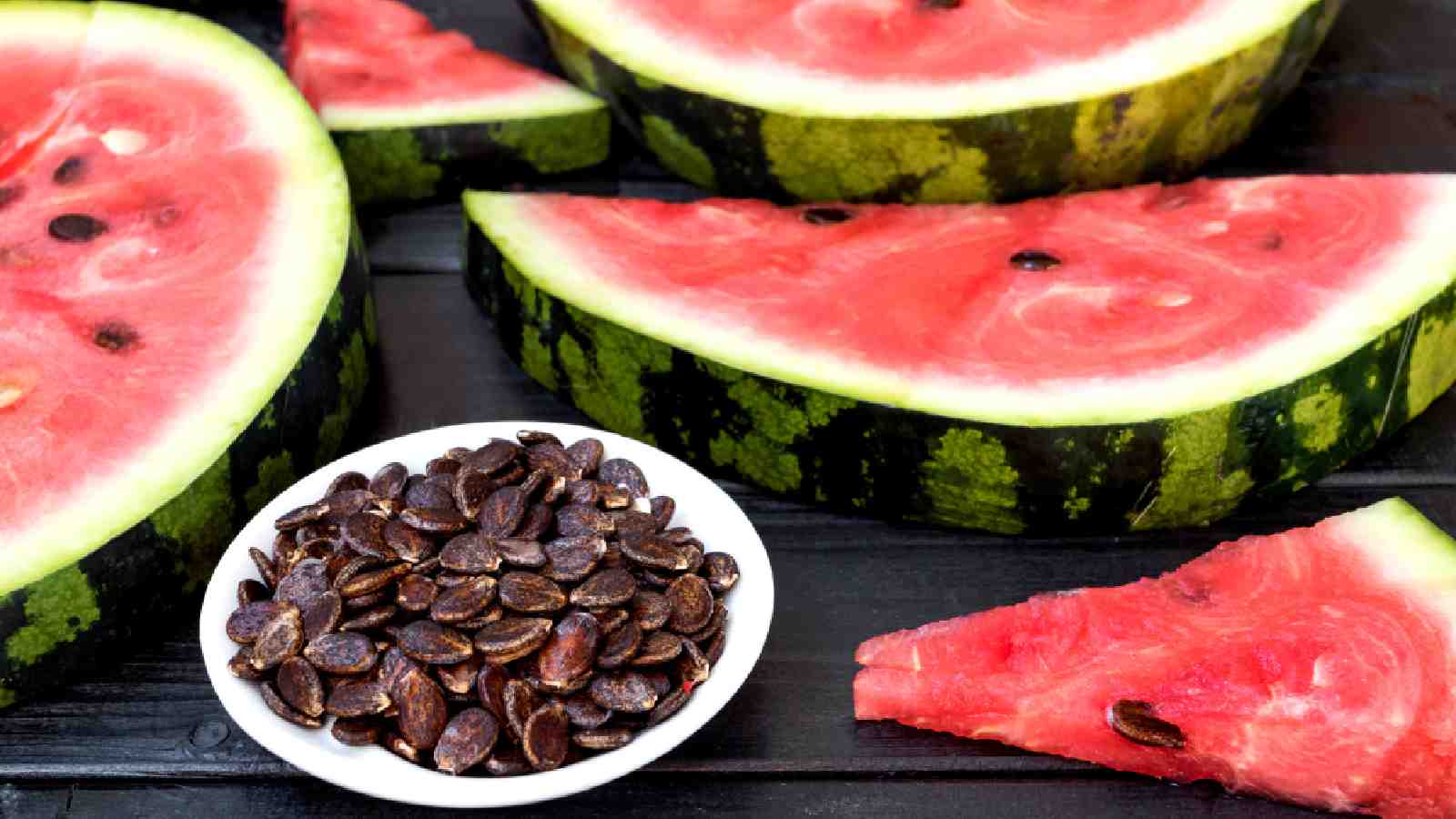
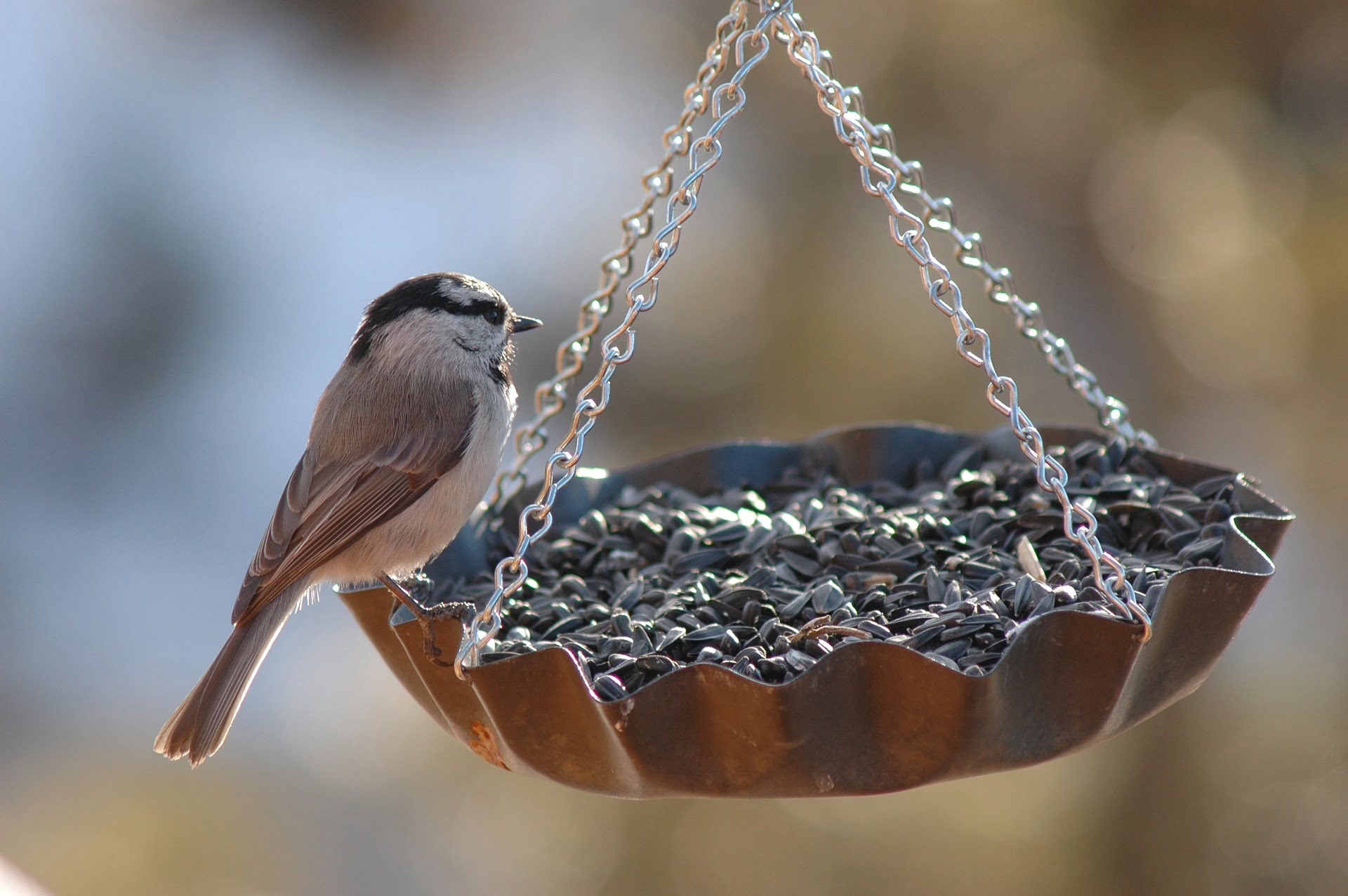

0 thoughts on “What Bird Eats Thistle Seed”